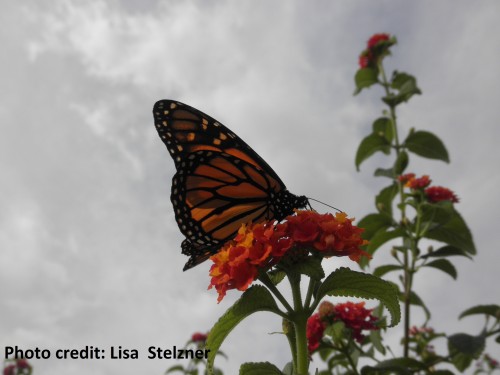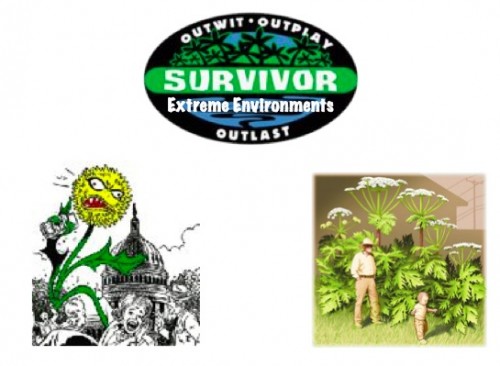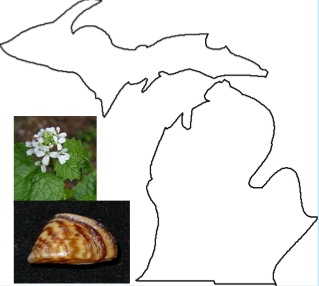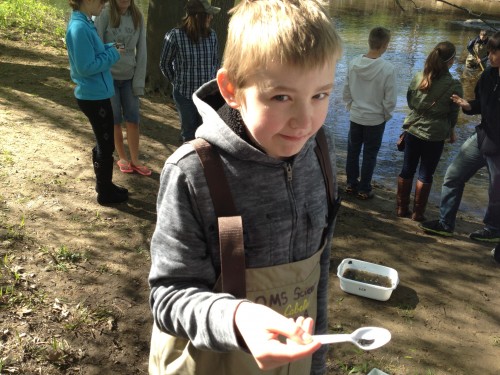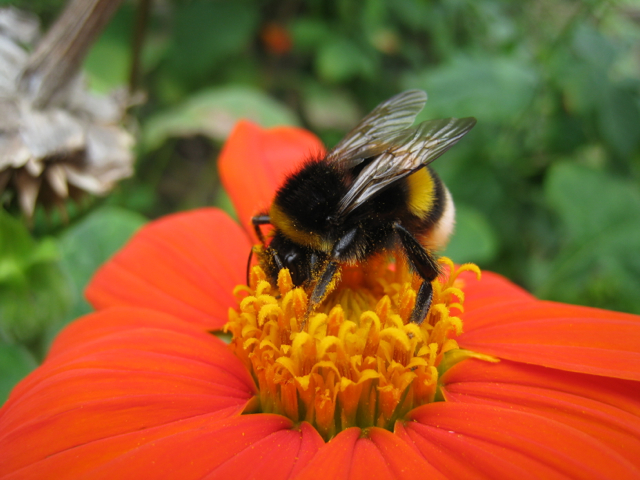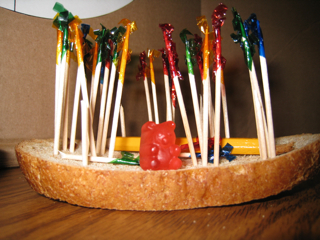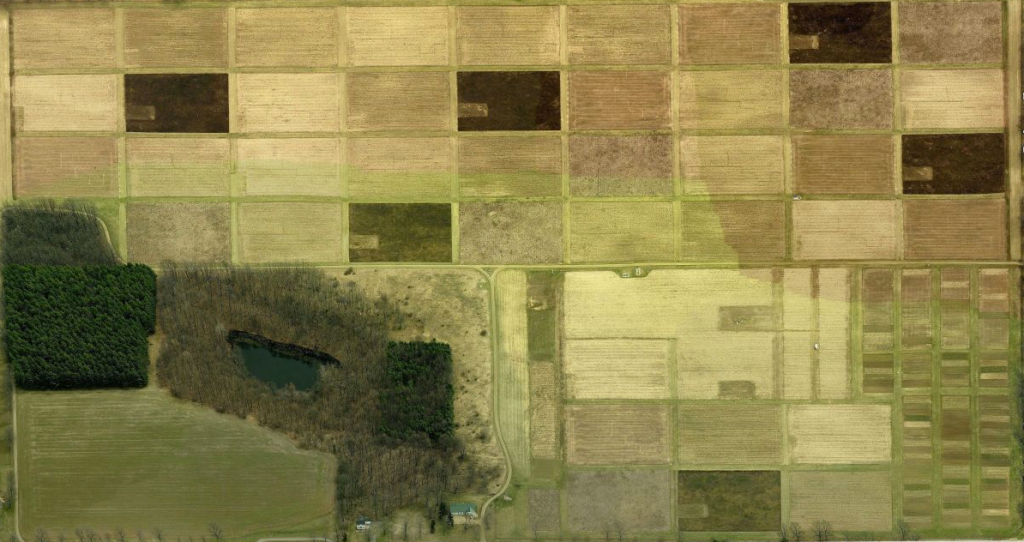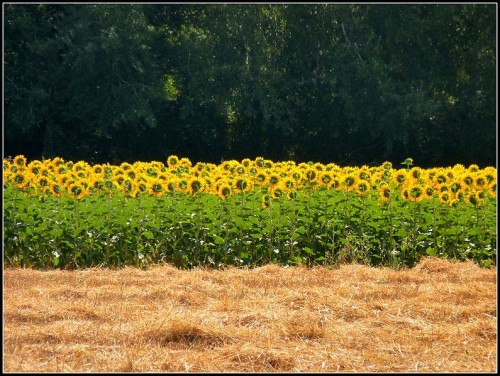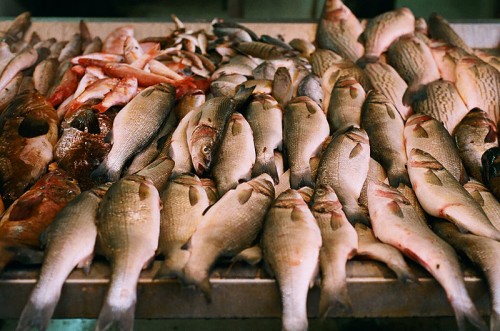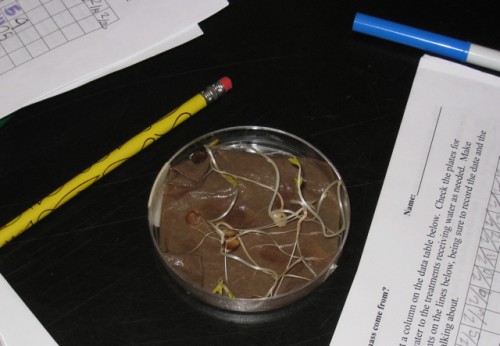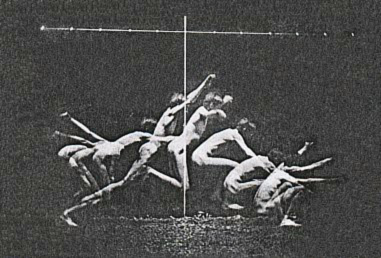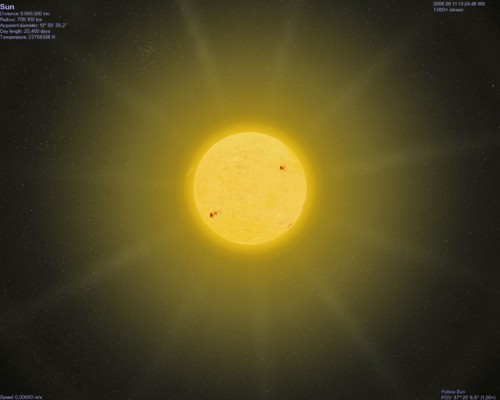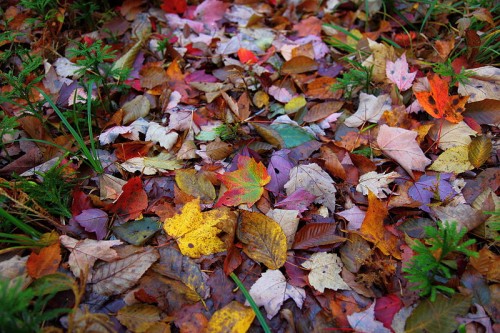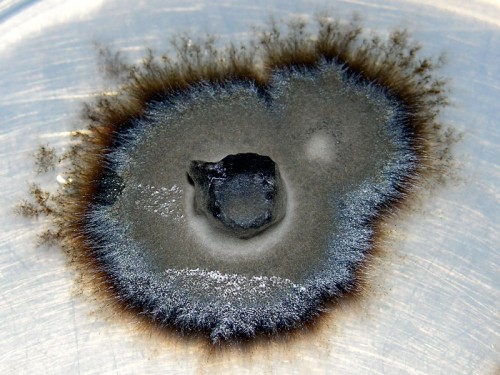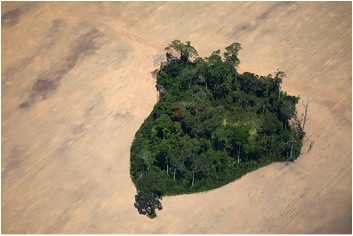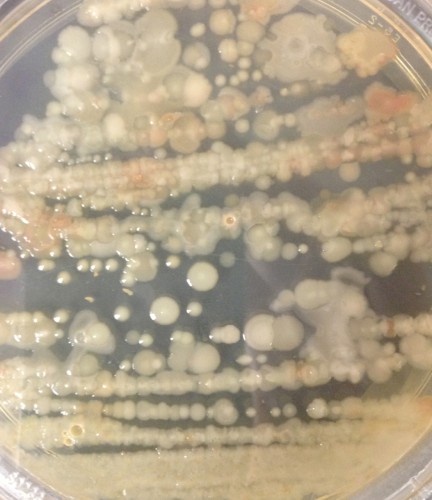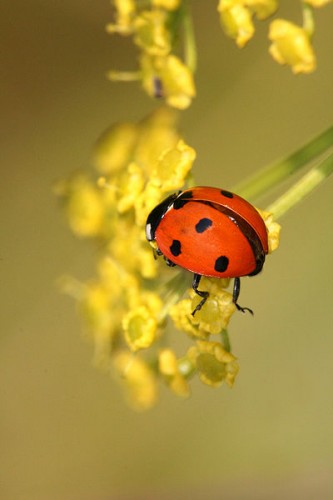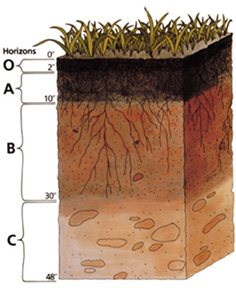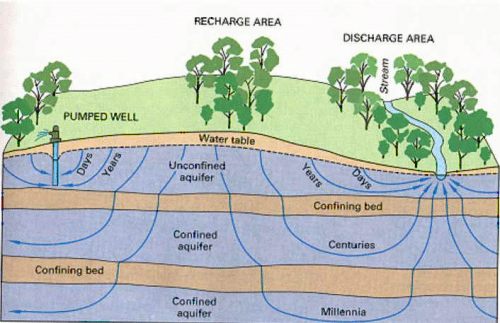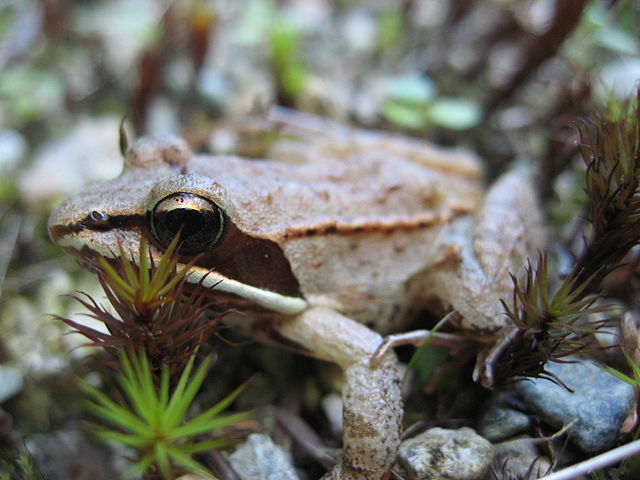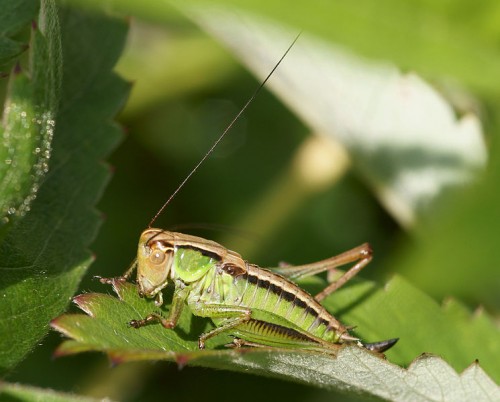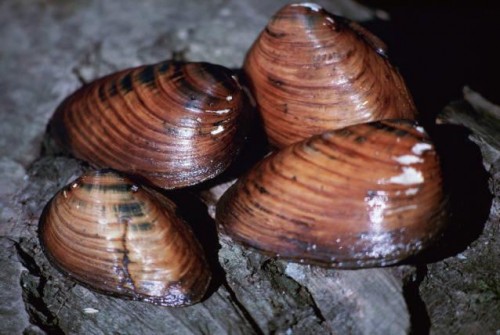
We’re excited to announce our first school-year workshop of the 2013-2014 K-12 Partnership!
KBS is celebrating 50 years of aquatic ecology (join us for the celebration in October); in solidarity, our workshop theme will be: Integrating Water Cycling and Ecosystems.
Below you’ll find our agenda for the day as well as details on our concurrent sessions. Events will continue to update as we develop content. Please rsvp to Sarah at bodbyl@msu.edu if you plan to attend. We look forward to seeing you!
Agenda
8:00 AM Breakfast, Announcements, and Introductions
8:15 AM Speaker: Elena Litchman (Associate Professor of Zoology at KBS) (Auditorium)
9:30 AM Concurrent Session Teasers
9:45 AM Break
10:00 AM Concurrent Session 1
12:00 PM Lunch
1:00 PM Concurrent Session 2
3:00 PM Break
3:15 PM Announcements and Small Group Work by District (Auditorium)
4:00 PM Evaluations, Teacher Advisory Committee Meeting, and Adjourn
Concurrent Sessions
Sex Changes, Drugs, and Rockin’ Dead Zones: Effects of Human Contaminants on Aquatic Organisms
with Sara Garnett, Jake Nalley, and Emily Dittmar, MS/HS
Aquatic organisms can be very sensitive to changes in their environment. Increased human activity has led to large loads of contaminants being introduced to aquatic ecosystems, many of which have not been previously encountered at those levels. In addition to challenges at the individual level, these contaminants have the potential to alter ecological interactions at the community level. In this session, we will explore how over-fertilization of crops in Michigan can lead to changes in food webs and growing dead zones in Lake Erie and the Gulf of Mexico through a lab and an interactive game. We will also explore how a variety of novel contaminants can impact amphibian population dynamics.
Where the Wild Things Are: How Rainfall Drives Food Web Interactions
with Sarah Jones, Cara Krieg, and Dani Fegan, EL/MS/HS
Why would a wildebeest risk crossing a crocodile-infested river? Why does the African savannah have a wet and dry season? In this workshop session we will use the African Serengeti as a case study to examine how weather patterns explain these two seemingly unconnected phenomena. First, we will examine why the water cycle changes between the wet and dry season in Africa. Second, participants will take on the role of African animals and build a living food web. When the dry season comes each player will have to make a choice- will they follow the rain or can they survive until the rains return? For the elementary session we will emphasize the water cycle and food chain relationships and vocabulary. For the high school sessions we will go a step beyond and investigate what happens to the food web interactions when we add human disturbances such as wildlife reserve boundaries or domestic cattle herds.
Wonders of Wetlands (WOW!): improving water quality
with Dustin Kincaid, Susan Magnoli, and Amanda Charbonneau, advanced MS/HS
Wetlands serve as sources, sinks, and transformers of materials transported across our landscape; thus, wetlands alter the chemistry of surface and ground waters in southwestern Michigan. In this workshop session participants will explore the role that sediments and microorganisms play in retaining sediments and nutrients. The specific objectives will be to explore (1) how wetlands trap organic materials and sediments, and (2) how microbes decompose these materials and cycle nutrients in the absence of oxygen. Participants will accomplish these objectives by observing sediments from several wetlands in the region. Teachers will also learn how to set up a long-term lab experiment that demonstrates how physical and biological features of wetland sediments transform materials and cycle nutrients over time.
Wonders of Wetlands (WOW!) for elementary levels
with Dustin Kincaid, Susan Magnoli, and Amanda Charbonneau, EL
Wetlands are a ubiquitous part of the southwestern Michigan landscape and provide numerous important ecological services. Wetlands allow water to slowly filter into the ground, which cleans water, provides a buffer against flooding, and re- charges groundwater supplies. They also provide habitat for many animal and plant species. Wetlands provide an opportunity for students to explore parts of the water cycle, food webs, and many other ecological processes. In this session, we will introduce students to different types of wetlands and how they work with a series of presentations, games, and hands-on activities.
Telling the Story of a River
with Sara Syswerda, KBS, and Lisa Wininger, Plainwell Middle School, MS/HS
This session will describe a model for teaching about watershed dynamics, with this particular session focusing on the Kalamazoo River. We will look at maps of the Kalamazoo River and think about the dynamics of this particular watershed. We will talk about issues like evaluating water quality, river morphology, land use change, pollution from industrial sites, and dam removal. We will also work with ArcGIS Online to construct and interpret data in a geographic context.
Tools and Activities for Teaching About Global Carbon Cycling
with Hannah Miller and Andy Anderson, MS/HS
This session focuses on how to use animations, videos, and activities to help middle school and high students calculate how global carbon fluxes are connected with our daily activities and affect the global carbon balance.
Bioprospecting for Better Biofuels (In Your Backyard!)
with John Greenler and Leith Nye, GLBRC, MS/HS
Researchers at the Great Lakes Bioenergy Research Center (GLBRC) are investigating microorganisms living diverse environments that can efficiently breakdown cellulose, the primary component of plant cell walls. The enzymes produced by these microbes could be used to more efficiently convert fibrous, plant materials, such as switchgrass, into sugars and then biofuels. GLBRC researchers have made exciting discoveries studying microbial communities living in both unusual environments, such as tropical leaf-cutter ant colonies, and in more familiar places, such as cow poop. Join us to learn more about this fascinating area of biofuels research. We present a simple, classroom-tested lab activity for students to bioprospect for cellulose-degrading microbes in their local environments and share their findings directly with GLBRC scientists.
Participant List
Email Sarah Bodbyl (bodbyl@msu.edu) if you would like to be added to this list.
Comstock: Shirley Gilland, Elizabeth Kimmer, Laurie Anderson (STEM), Karen Rodwan, Canaan Groff, Caleb Fisher
Delton-Kellogg: Connie High, Dale Grimes
Galesburg-Augusta: Mary Moreland
Gobles: Becky Drayton
Gull Lake: Kim Clancy, Michelle Mahar, Blair Rogers, Laurie Klock, Beth Keller, Matt Hawkins, Beth Rhodes, Michelle Mahar, Doug Hoover, Ashley Carroll
Harper Creek: Meredith Hawkins, Alissa Renner, Amy Smith, Joe Yurisich, Sandy Erwin, Nicole Ailes
Hastings: Marty Buehler, Jill Withey, Jamie Dixon, (Ann Beemer?)
Kalamazoo Area Math Science Center: Chris Chopp, Cheryl Hach
Lawton:
Martin: Rob Robrahn
Olivet: Terri Morton, Marie Toburen, Cheryl Worden, Sara Baker, Charles Bucienski, Mike Boehmer, Elliot London
Parchment: Jodie Lugar-McManus
Plainwell: Marty Green, Sandy Brietenbach, Noel Muselin
Thornapple-Kellogg: Shaun Davis, Jamie Bowman, Beth Bauer, Aubrey Hendricks, Michael Rynearson
Vicksburg: Lisa Harbour, Katherine Kay, Liz Ratashak, Dave Nette
KBS: Tom Getty, Andy Anderson, Sara Syswerda, Sarah Bodbyl, Cara Krieg, Dustin Kincaid, Jake Nalley, Sara Garnett, Amanda Charbonneau, Emily Dittmar, Dani Fegan, Sarah Jones, Susan Magnoli
WMU Evaluation Staff: Bob Ruhf +1

